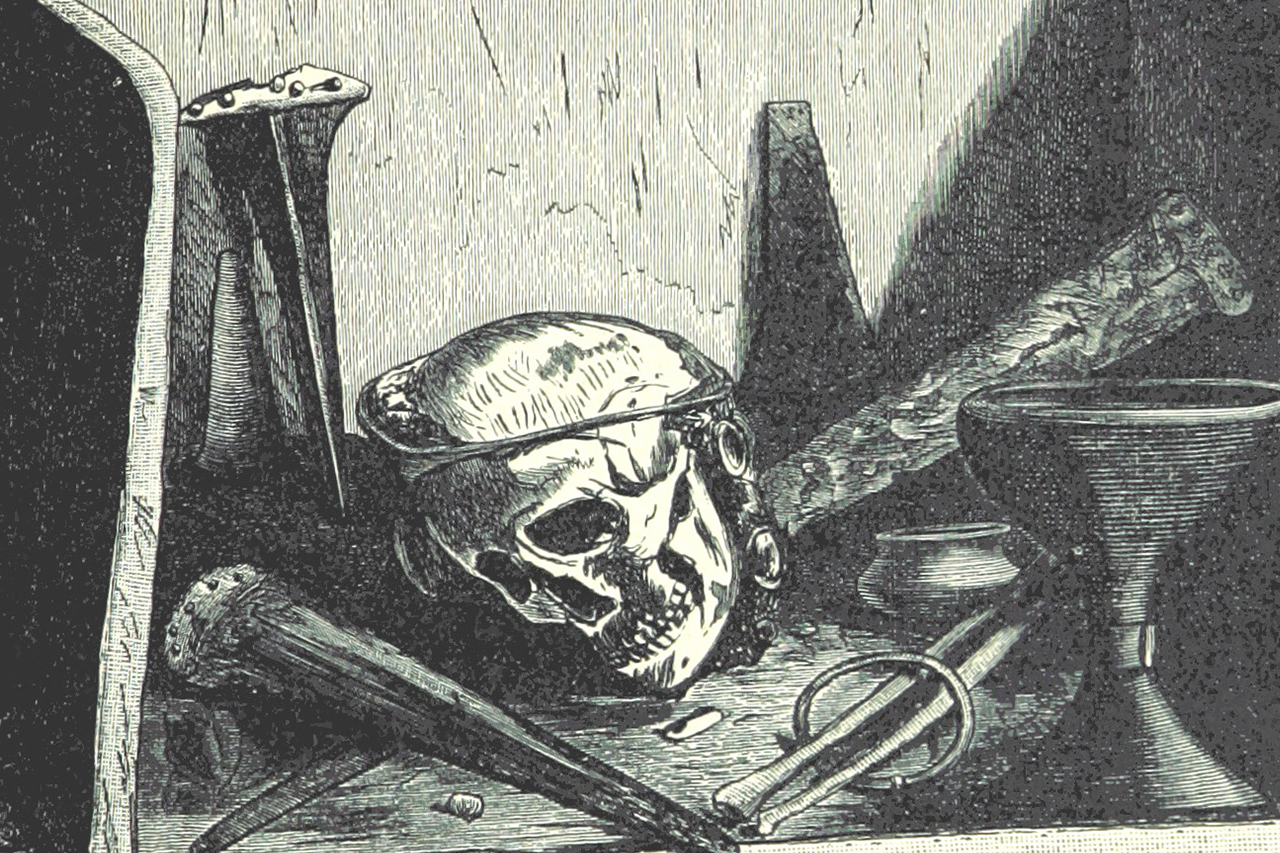The Music on the Hill is a short story written by Saki, which is Hector Hugh Munro‘s nom de plume. The author wrote several stories that share a morbid and grotesque atmosphere and among which we can find the story we’re tackling today thanks to ABEditore and their collection, Micromondi.
The Music on the Hill – Plot

The Complete Short Stories by Saki
Buy on
Amazon UK – Book Depository – Awesome Books – Hive Books
Sylvia Seltoun has finally reached her purpose. She’s successfully moved Mortimer, also known as “Dead Mortimer”, to his residence in the countryside of Yessney. This place is characterised by particularly wild vegetation, so wild it resembles the ancient myths of Pan. And maybe, in the thick of the forest, there’s even something more than one might imagine.
Review
The first picture we’re met with the moment we approach this story is that of the untouched nature. Its appearance enraptures, to the point of seeming like a calling to the origins of mankind itself and its natural state that it has left behind long ago; on the other hand, this nature also inspires a hidden and ancestral terror with the mysteries that are concealed within it. Sylvia Seltoun, a city girl, born and raised with every comfort and with every whim satisfied, sees the estate as just another more of these whims. This place is not somewhere she could be able to spend the rest of her life. Ultimately, she does not understand it and, unlike her husband, doesn’t particularly respect it either. After all, places as ancestral as this, where man isn’t the centre of life, have their own rules.
The music on the hill
The music in the story is the sound of a sharp flute that seems to come from the depths of the forest that surrounds the estate of the newlywed couple. For those who are familiar with broader literature and mythology, the link between the flute and the figure of Pan is immediately apparent, but we’ll be expanding on that a little for those who aren’t.
The origins of the Greek god Pan vary from myth to myth, some say he is the son of Eros and others of Zeus. What is pretty consistent about him in mythology is his appearance and his personality. While his face and torso have a human shape, the lower part of his body is a goat. Pan is the god of wilderness and, even though he protects pastures and shepherds, his true kingdom are forests and untouched nature. His instrument is the flute, as we said, which he uses to entertain the nymphs who dance around him while he plays his music. He is also a divinity that is deeply linked to the scope of sexuality.
For our context, we’ll mostly concentrate on the first part, his connection to nature which he shares with similar figures from other cultures.
“Gods are rather horrible to those who molest them.”

A book of myths (1915) New York : G. P. Putnam’s sons; London, T. C. & E. C. Jack.Helen Stratton, Public domain, via Wikimedia Commons
All in all, we can’t really say that Pan is a malevolent god. To put it simply, like any other deity, he doesn’t let his prey get away. In other words, he is extremely vindictive. When an offer is taken away from his altar, he gets irritated and from that moment on he’ll only be devoting himself to getting revenge.
The theme of gods who are offended by mortals who dare too much, and who make fun of a deity they don’t believe in to be more specific, is not a new one. Years of myths, legends, and literature teach us that attracting the wrath of god on oneself isn’t exactly a wise choice. It’s the same in this story.
The god acts swiftly and does some through the element he has the most familiarity with, nature itself. Over the notes of his instruments, humans panic as if they can perceive the will of the divine in that sound, a sound that orders them to do his bidding while he settles down to enjoy the show. That’s how already wild vegetation starts becoming more and more hostile, firstly almost imperceptibly, to the point that one could brush it off as mere paranoia, later in theatrical ways through the acts of the ram and then those of the deer.
It’s very easy to notice, in addition, that the animals who are most influenced by this power are those who share characteristics with Pan himself. It’s very likely not a coincidental choice, but rather a conscious way for the author to emphasize the bond with the deity even more.
Finally, when it comes to the music, it remains an essential time of the story and takes on esoteric and magical connotations, as we can easily tell. The animals respond to it and are hypnotized by it to the point of putting aside every other instinct so they can fully follow the orders that through the music are given to them.
The story, in conclusion, is a brief but not banal one, it establishes itself as a small jewel that will certainly be able to surprise fans of these particular themes and genre.



0 Comments